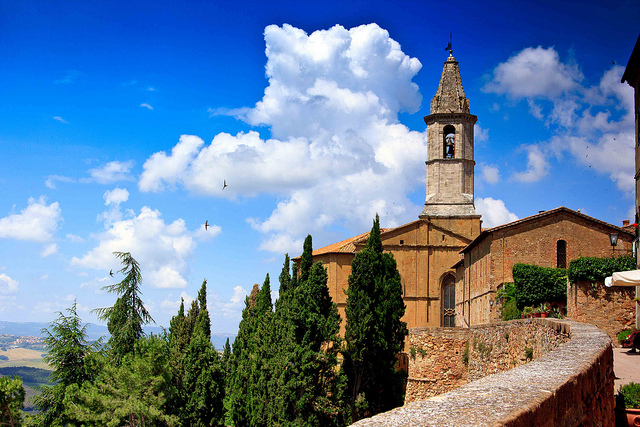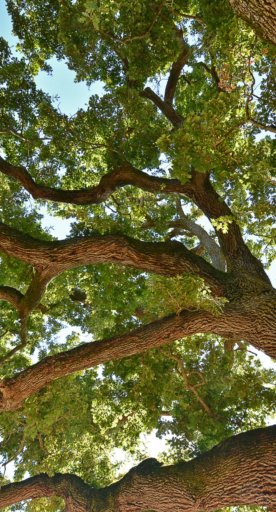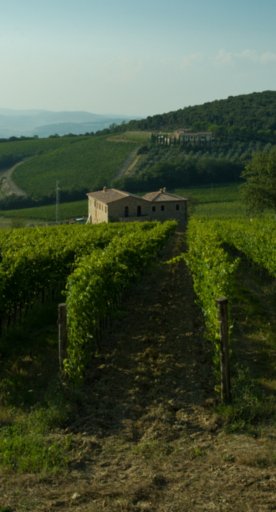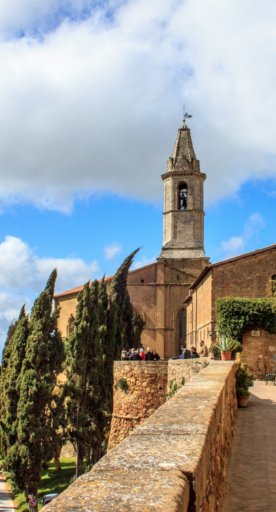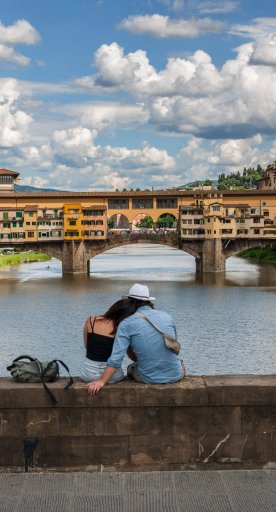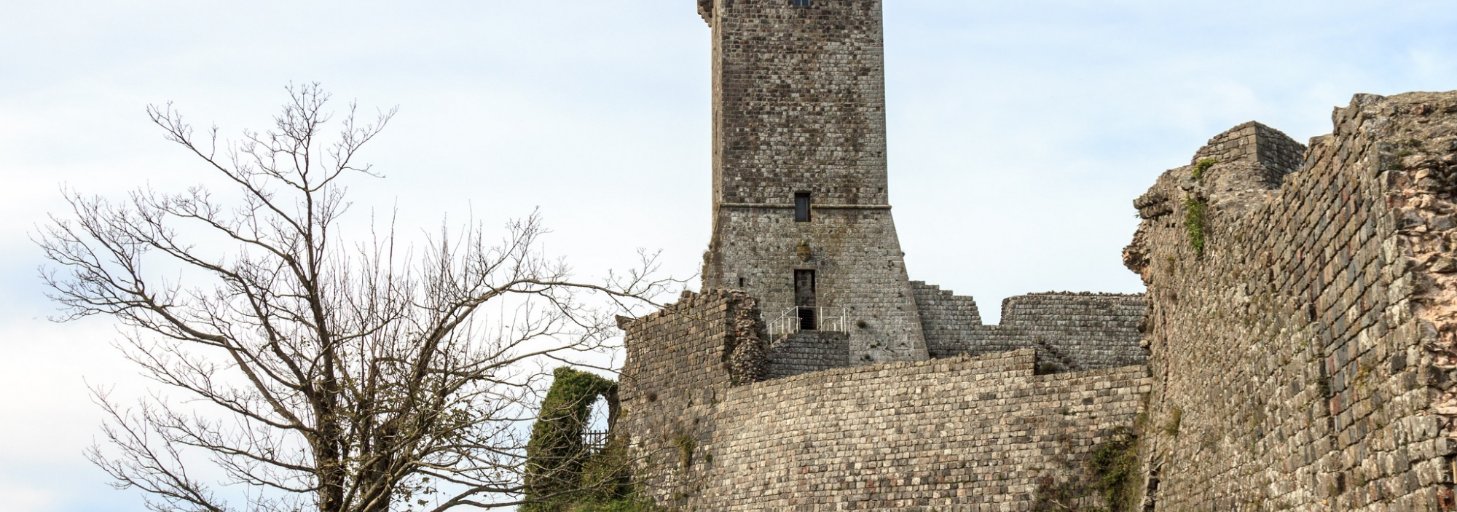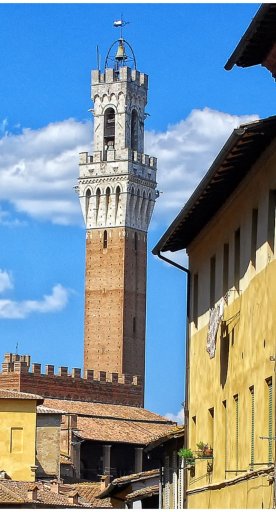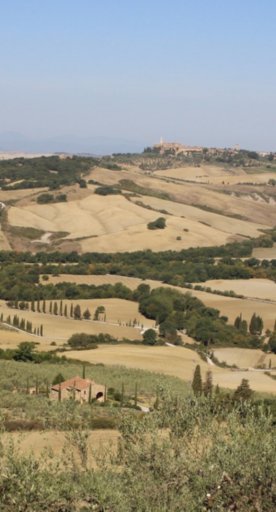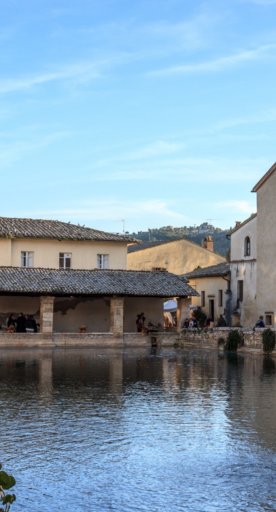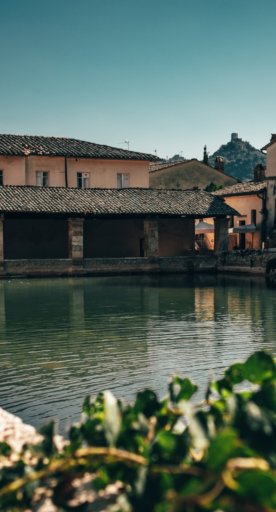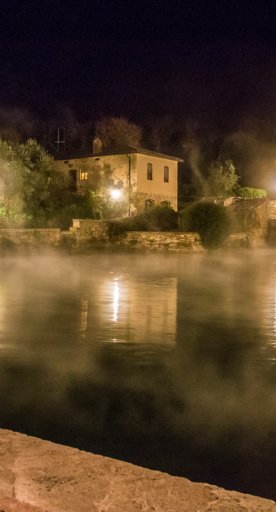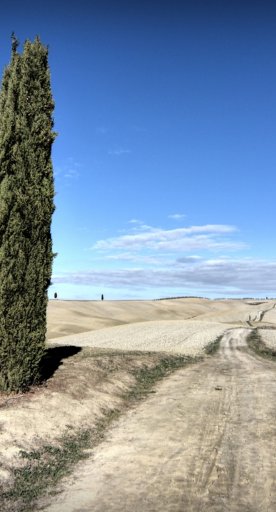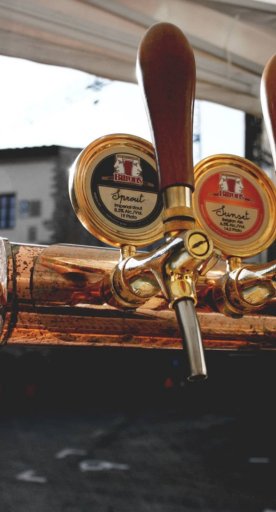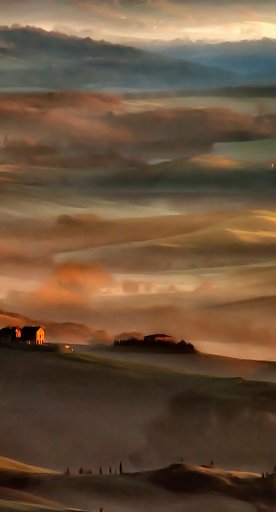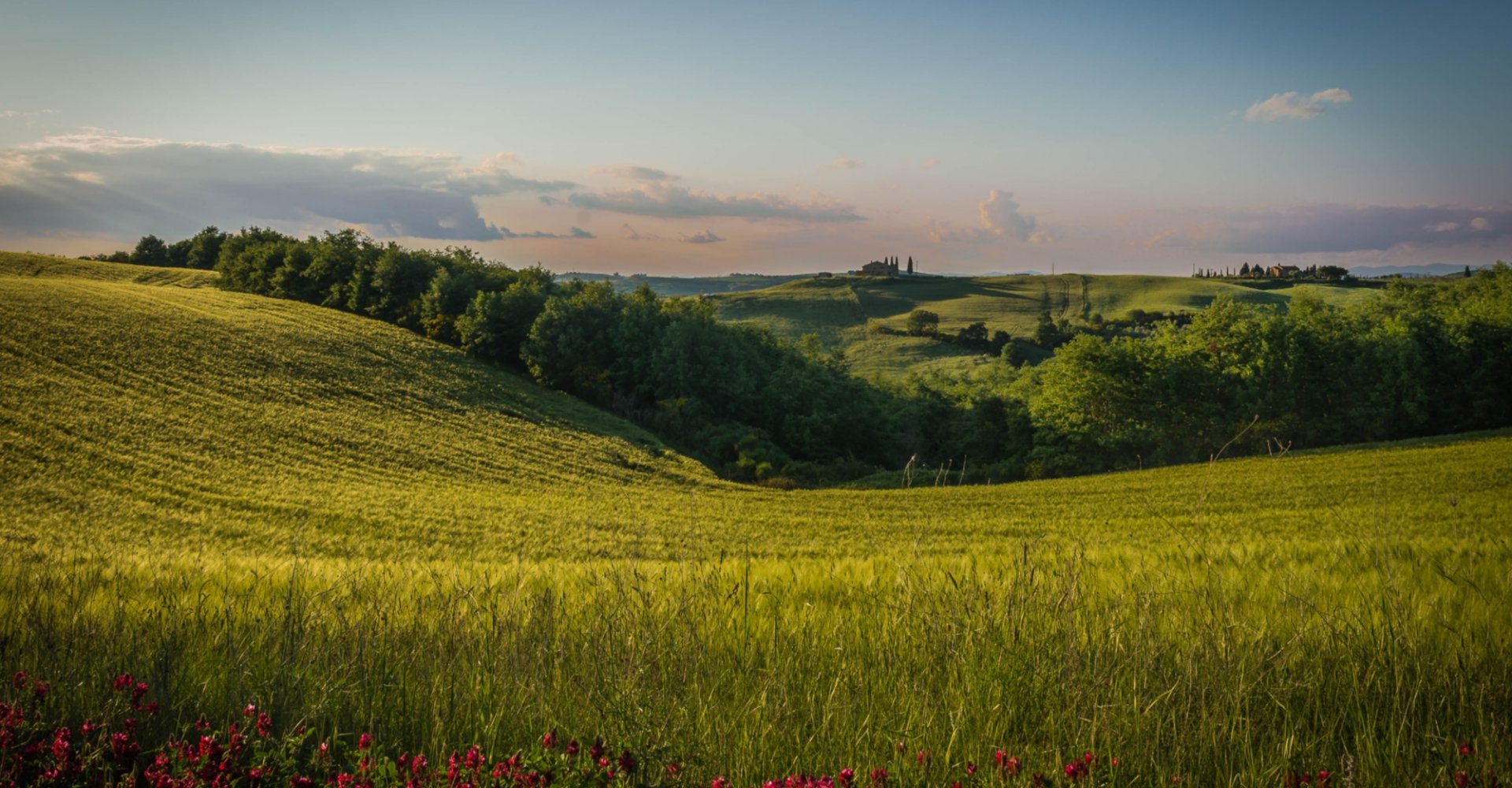

5 reasons to visit Pienza
All the things you should know about Pienza, the "ideal town"
Pienza is a small town situated in the Val d'Orcia, in the southern part of Tuscany. It's just 15 kilometres from Montepulciano, 20 from Montalcino and about 50 kilometres away from Siena.
The name comes from Pope Pius II, who was born here, and it means the city of Pius. Enea Silvio Piccolomini, elected Pope Pius II in 1458, wanted to transform his birthplace, the anonymous village of Corsignano, into the ideal Renaissance town. For this reason he hired Bernardo Rossellino, the architect who had previously worked with Leon Battista Alberti (famous for creating the façade of Santa Maria Novella), to build Pienza in accordance with humanist urban planning concepts. The construction of Pienza started around 1459 on top of the ancient hamlet and took about four years, creating a harmonious fifteenth-century town. The untimely death of Pope Pius II put a stop to the urban reorganization of the new city, which has remained practically unchanged over the centuries.
-
1.It's a superb example of Renaissance architecture
-
2.The town is a UNESCO World Heritage Site
-
3.It's surrounded by the wonderful hills of the Val d'Orcia
-
4.The cheese festival
-
5.The love route
-
6.Main sights
-
7.Useful info
It's a superb example of Renaissance architecture
The rebuilding of Pienza according to humanist urban reorganization was an example for many other Italian and European cities. Piazza Pio II is the hub of Pienza as all of the town’s main monuments are located on this square. The cathedral tower over all the other buildings (the Pope wanted this as a sign of faith). The second most important building on the square is Palazzo Piccolomini, Rossellino's masterpiece, inspired by Palazzo Rucellai in Florence. Palazzo Borgia is another jewel found on this square. Palazzo Ammannati, Palazzo Gonzaga and Palazzo del Cardinale Atrebatense add the finishing touches to a fascinating urban fabric.
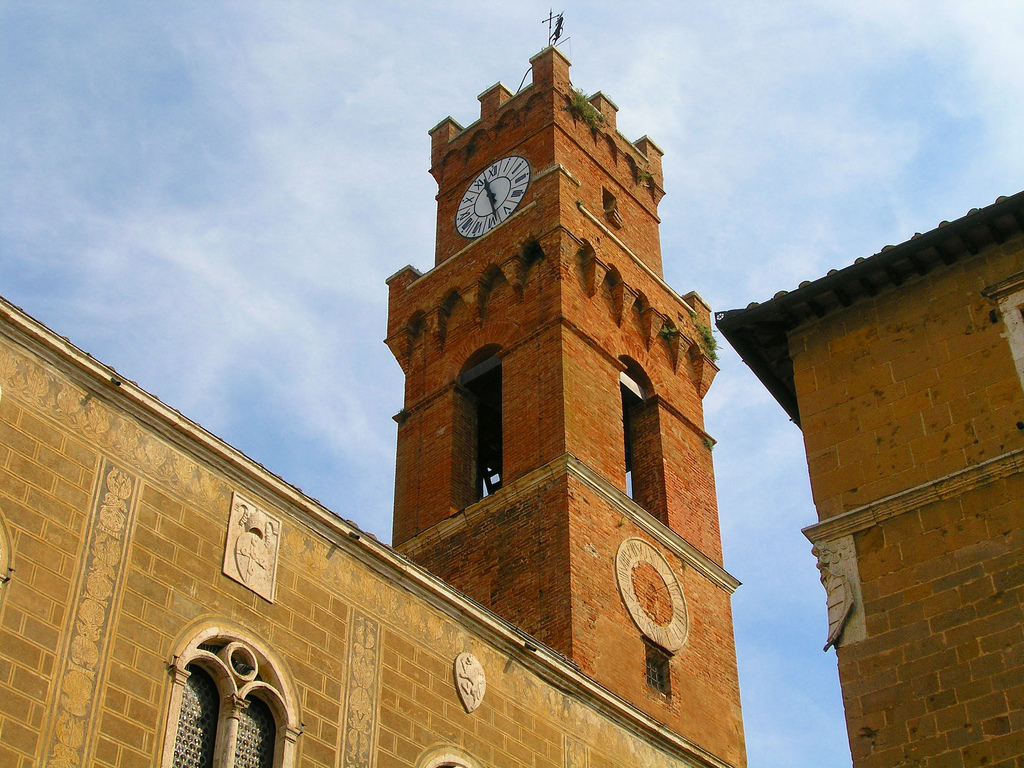
The town is a UNESCO World Heritage Site
In 1996, UNESCO decided to make the centre of Pienza into a World Heritage Site “considering that the site is of outstanding universal value as it represents the first application of the Renaissance Humanist concept of urban design, and as such occupies a seminal position in the development of the concept of the planned "ideal town" which was to play a significant role in subsequent urban development in Italy and beyond.”. In 2004, the entire Val d'Orcia was included on the list of UNESCO's World Cultural Landscapes.
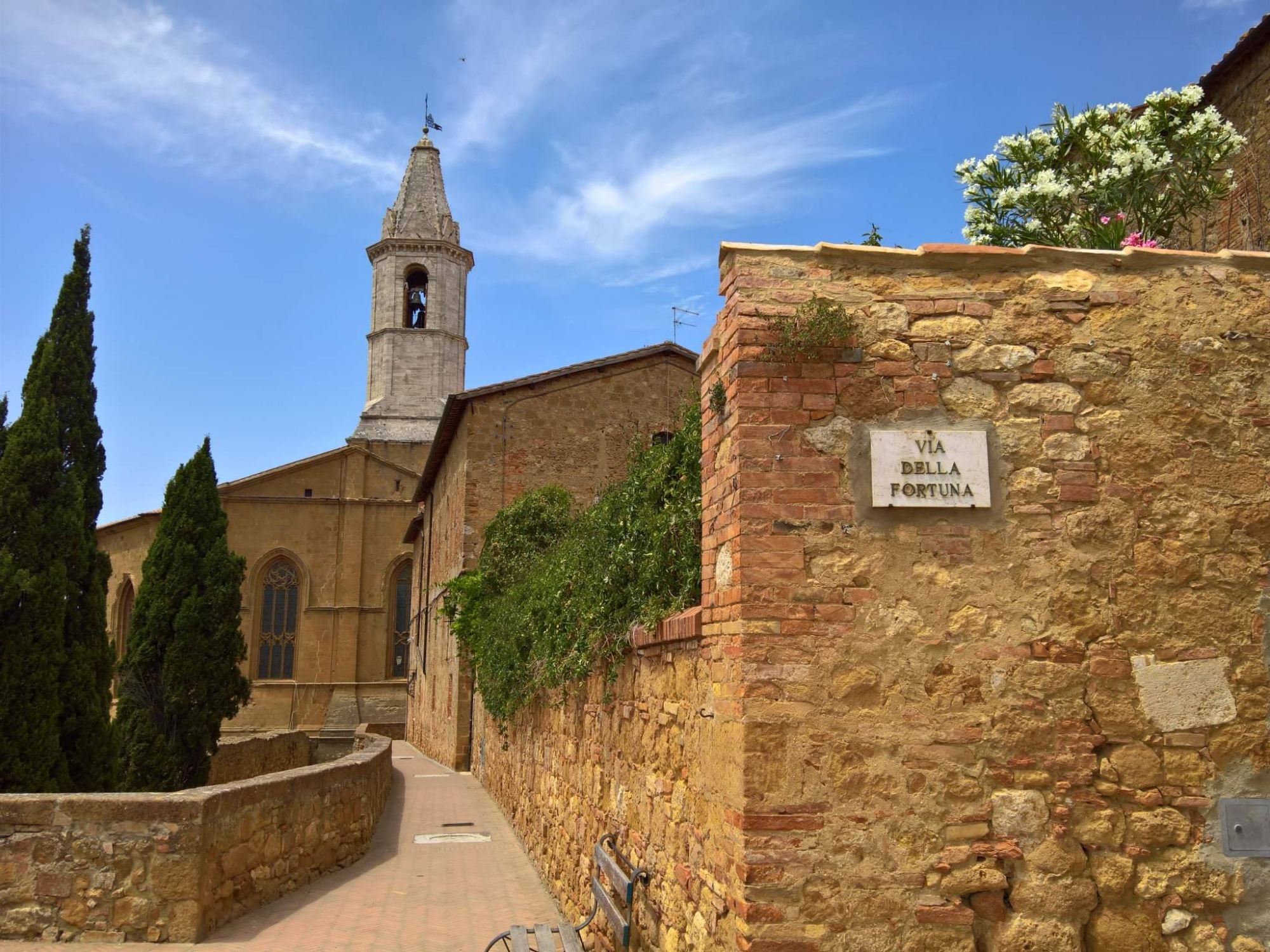
It's surrounded by the wonderful hills of the Val d'Orcia
This area of Tuscany is magical and harmony reigns, it has inspired poets, writers and artists. It's the realm of cypress trees, country roads and hillside landscapes. Don't miss this corner of paradise!

The cheese festival
Every first Sunday in September, Pienza celebrates one of its main products, pecorino cheese. In fact, Pienza is considered the “capital” of pecorino cheese, because of its high quality due to the fact that the cheese is made from an especially flavoursome and aromatic milk thanks to sheep pastures in Val d'Orcia.
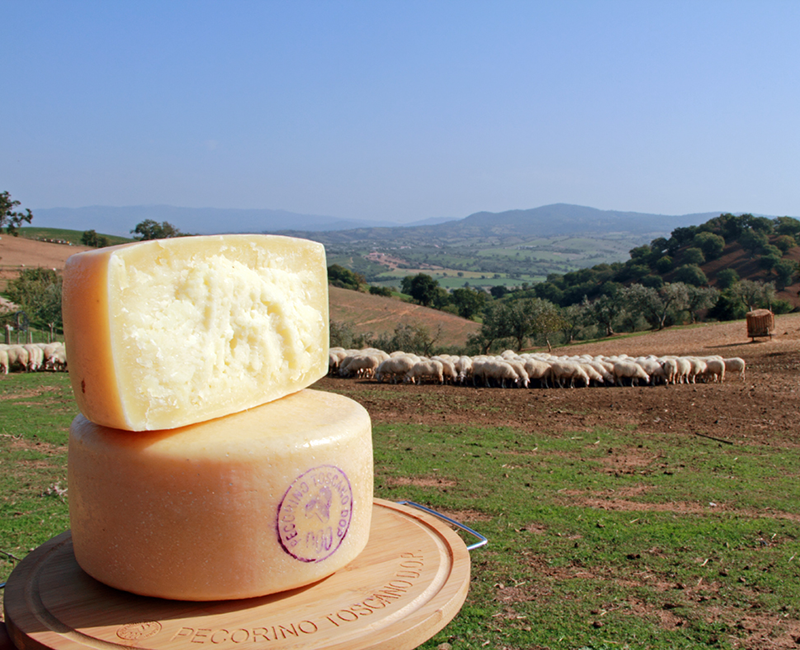
The love route
Pienza is a romantic city because of its streets with “lovely” names such as Via dell'Amore (love street) and Via del Bacio (kiss street). If you are in a romantic mood you should definitely visit this place!
If you want to know more, read our article “The love route in Tuscany”.
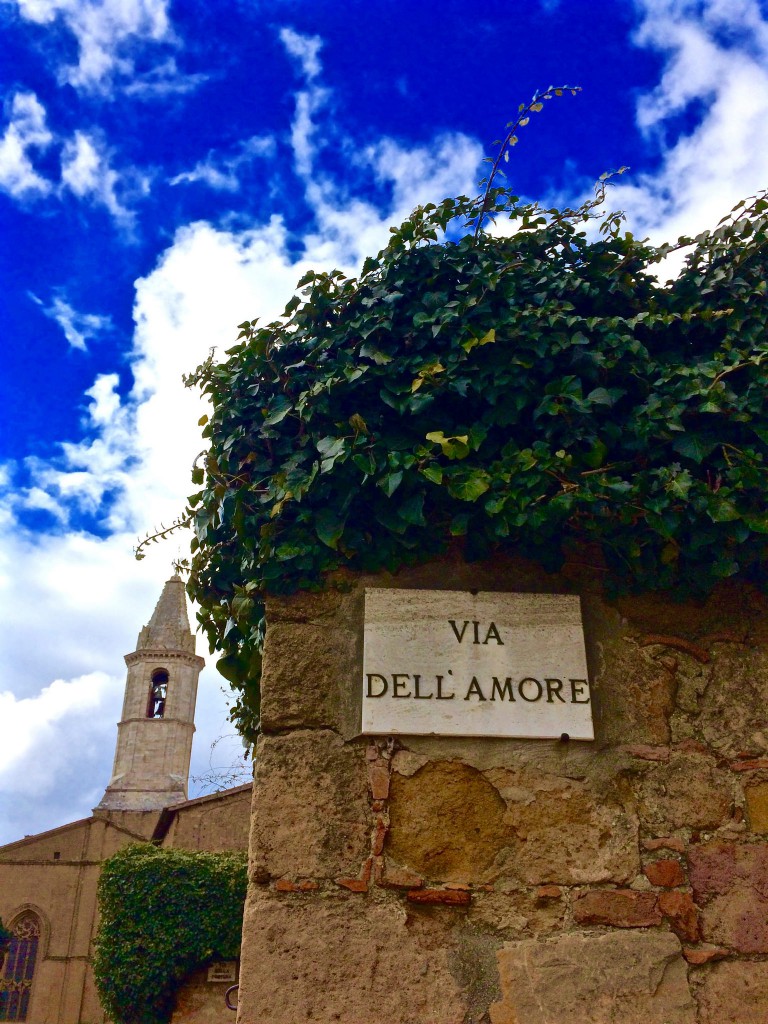
Main sights
The Cathedral: the cathedral was built on the remains of the Romanesque church of St. Mary (still visible in the crypt). The façade is typical of the Renaissance and is divided into three parts by arched columns. On the left wing there is an octagonal, cuspidate bell tower that is reminiscent of the ones Pope Pius II saw in Germany. Works of art in the cathedral include five altar paintings from the Sienese School. There is also a baptistery next to the apse of the church.
Piazza Pio II: the square rebuilt by Rossellino is flanked by the cathedral and three palaces: one for the government, one for the bishop and one for Pope Pius II. Pienza is the only Renaissance town centre in Italy to have survived the centuries perfectly intact.
Palazzo Piccolomini: this is Rossellino's masterpiece and has a three-arched loggia on the ground floor facing the cathedral with the council chamber above it.
Palazzo Borgia (Palazzo Vescovile): given by Pius II to Cardinal Rodrigo Borgia (the future Pope Alexander VI), it is home to the Diocesan museum. The collection includes local textile work as well as religious artefacts.
Palazzo Comunale: the town hall is the most recent of the buildings on the piazza, with its ample loggia and façade decorated with a scratched plaster technique and a brick tower, which was built later. It also has a brick bell tower, which is shorter than the cathedral’s to symbolize the superior power of the Church.
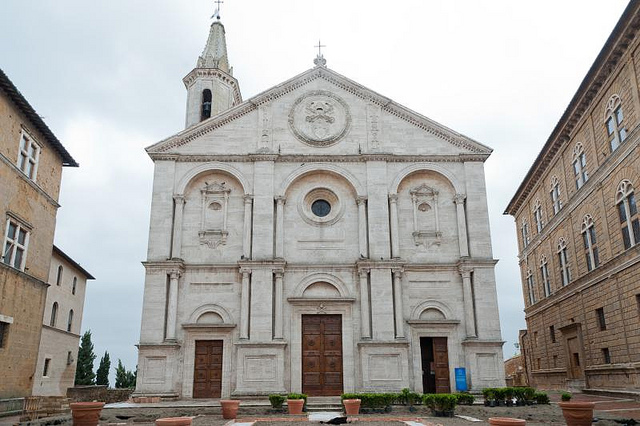
Useful info
If you want to reach Pienza by car, the closest highway exits are "Val di Chiana - Bettolle" and "Chiusi - Chianciano Terme". If you prefer public transportation, the nearest railway stations are "Chiusi - Chianciano Terme" and "Buonconvento". Once there, you should get a bus to Pienza.
The original version of this article was written by Serena Puosi.
What’s nearby?

